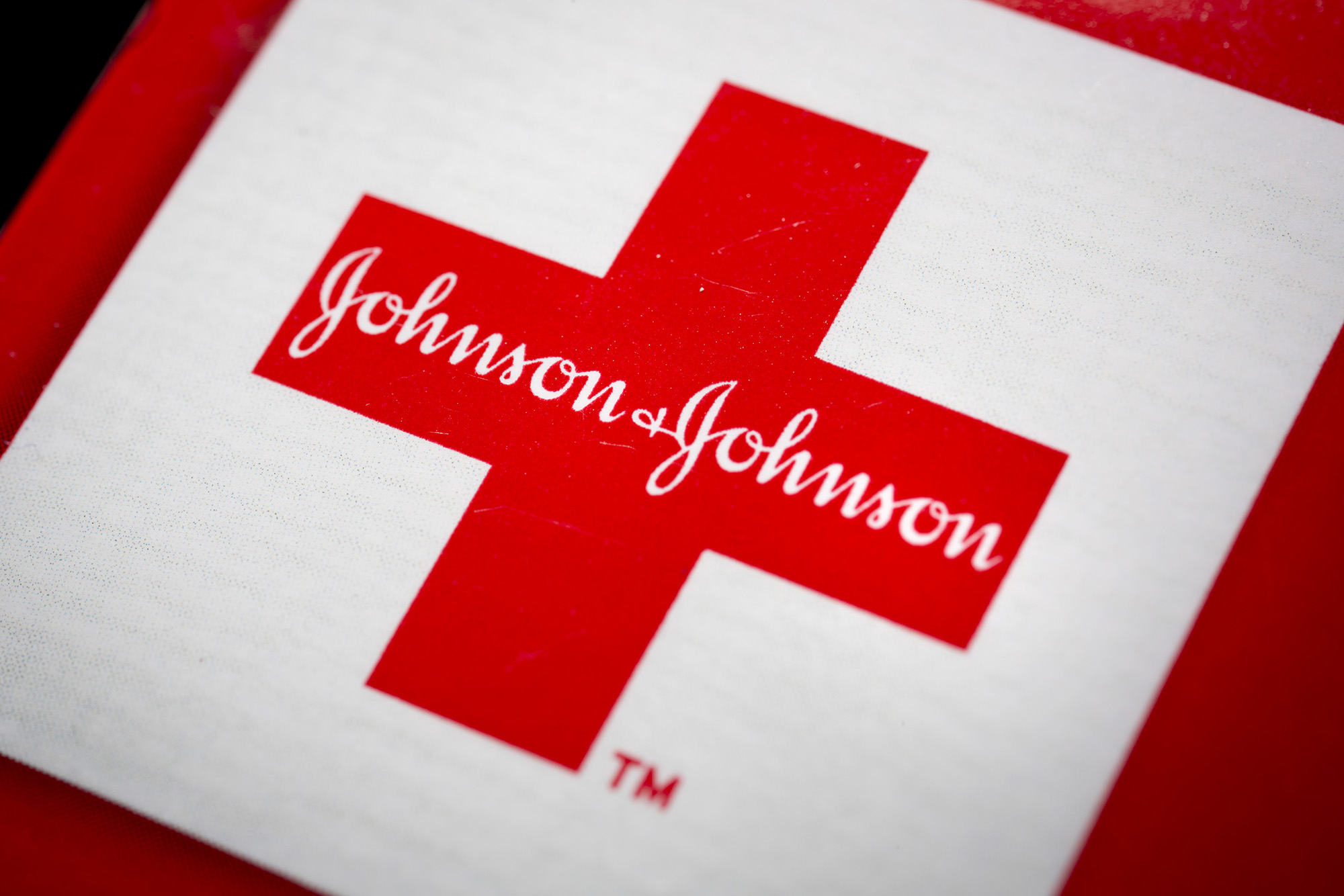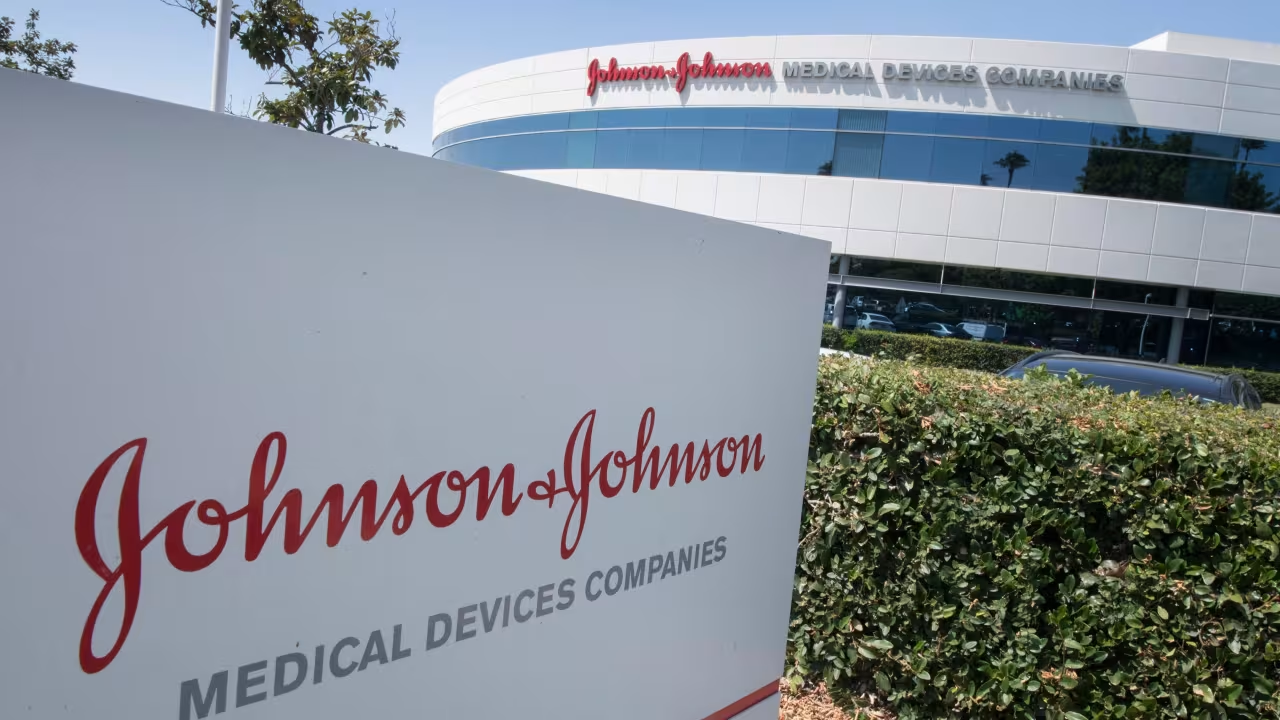Johnson & Johnson saw a decline in its shares on Tuesday following its report of adjusted earnings and revenue that exceeded Wall Street’s expectations, although the company lowered its sales forecast for its pharmaceutical division.
J&J, a bellwether for the health sector, reported a 5.6% increase in sales for the quarter compared to the same period last year.
However, it posted a net loss of $68 million, or 3 cents per share, attributed to liabilities from its talc baby powder and costs related to the impending spinoff of its consumer health business.
This contrasts with a net income of $5.2 billion, or $1.93 per share, from a year ago. Adjusted earnings per share for the period were $2.68, surpassing expectations.
Here’s how J&J’s results compared with analyst forecasts based on Refinitiv data:
– Earnings per share: $2.68 adjusted, versus $2.50 expected
– Revenue: $24.75 billion, versus $23.67 billion expected
J&J revised down its pharmaceutical sales target for 2025 to $57 billion, citing currency fluctuations which negatively impacted its pharmaceutical business by approximately $3 billion in 2022.
The company’s stock closed nearly 3% lower on Tuesday, contributing to a year-to-date decline of more than 9%, with J&J’s market value standing at approximately $420 billion.
J&J increased its 2023 sales forecast to $97.9 billion to $98.9 billion, up from January’s guidance, and raised its full-year adjusted earnings outlook to $10.60 to $10.70 per share.
Speaking, CFO Joseph Wolk attributed the upward guidance revision to robust growth across all three business sectors: consumer health, pharmaceuticals, and medical devices.
He noted a shift from cautious optimism earlier in the year to a more positive outlook based on strong first-quarter growth.

Wolk highlighted significant developments such as promising data on J&J’s multiple myeloma drug and procedural advancements in its medical devices unit, indicating optimism beyond 2023.
Pharmaceutical sales for J&J reached $13.4 billion, a more than 4% increase year-over-year, driven by strong performances from Darzalex for multiple myeloma and the blockbuster drug Stelara for immune-mediated inflammatory diseases.
Despite losing patent protection for Stelara later this year, Wolk affirmed the company’s commitment to growth through this transition.
The medical devices business reported sales of nearly $7.5 billion, up 7.3% from the first quarter of 2022, boosted by the acquisition of Abiomed, a cardiovascular medical technology firm.
J&J’s consumer health business, slated for separation into a standalone entity this year, recorded sales of approximately $3.8 billion, up 7.4% from the previous year, driven by strong demand for over-the-counter products like Tylenol and skin health brands such as Neutrogena and Aveeno.
Regarding the separation, Wolk noted progress but did not specify a timeline for completion.
The company also announced a 5.3% increase in its quarterly dividend to $1.19 per share, underscoring its strong performance in 2022.
J&J entered the earnings season on an upswing following progress in settling lawsuits related to its talc-based products, proposing a nearly $9 billion settlement over 25 years.
Its subsidiary, LTL Management, refiled for Chapter 11 bankruptcy protection, with plans to present a reorganization plan in mid-May.
Wolk expressed confidence in gaining support for the plan from claimants, despite opposition from some plaintiff attorneys, emphasizing J&J’s denial of the talc allegations as unsupported by scientific evidence.
Legal disputes allege J&J’s talc products contained asbestos, leading to thousands of cases of ovarian cancer and associated fatalities.
